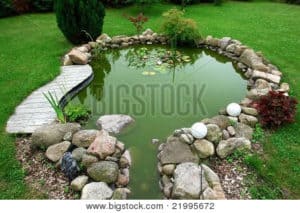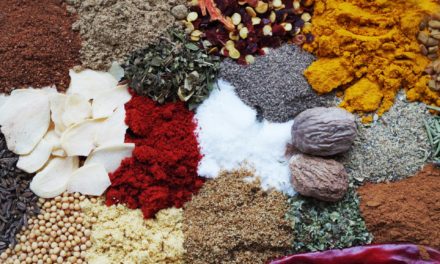AQUAPONICS
A Growing Trend in Urban Food Production
Part one of a three part series by Tony S. Vaught
[media-credit id=4 align=”alignnone” width=”300″] [/media-credit] Many of us have a good understanding of aquaculture; raising fish on a farm. We now have a term that combines fish and plant production. It is called aquaponics. We are hearing the word from our neighbors, the news, eco-farmers and soon it will be as common as the word organic. Commercial urban farmers are turning to aquaponics for food production. Abandoned buildings can be converted into functional farms. Aquaponics saves water, reduces transportation due to localized production and consumption of food and creates jobs.
[/media-credit] Many of us have a good understanding of aquaculture; raising fish on a farm. We now have a term that combines fish and plant production. It is called aquaponics. We are hearing the word from our neighbors, the news, eco-farmers and soon it will be as common as the word organic. Commercial urban farmers are turning to aquaponics for food production. Abandoned buildings can be converted into functional farms. Aquaponics saves water, reduces transportation due to localized production and consumption of food and creates jobs.
Aquaponics is the marriage of aquaculture (raising fish) and hydroponics (raising plants in nutrient rich water). There are six components critical for success: fish, fish feed, beneficial nitrifying bacteria, plants, water and oxygen. The process begins with water in a re-circulating system. Beneficial bacteria, fish food, fish, and plants are added to the oxygen rich water.
Growing food at home is increasing in popularity due to the benefits of organic food and the desire to be self-sufficient. Aquaponics allows farming in a small yard or patio while improving outdoor living spaces with the sound of running water and a fishpond. Aqua-gardeners can pick fresh vegetables, herbs, and fresh fish just steps away from the kitchen. Other benefits over a conventional garden are numerous and include reduced water use, year round production, organic food production and intensive production, all while using very little space. In addition there is no weeding and no gophers to contend with. Aquaponic systems can also be ornamental with Koi and flowering plants to brighten an outdoor living space.
A few tips on how to start an aquaponics farm at home;
- Look at as many photos of different systems to determine what system fits your space and life style. A small table top herb garden, a patio system for tomatoes or a full on back yard garden, designed to feed a large family. Google images is a good place to look at photos.
- Decide if you want a kit in a box or if you want to create your system from available local materials.
- Check to see if there is an aquaponics or garden club you can join in your area. Many systems are built by trial and error. Benefit from the mistakes of others.
- Insist on quality fish from a fish farmer. They have fish suited for tank culture and guaranteed to be healthy. They can suggest the right fish for your locale. Often, once a system is built fish are stocked with common goldfish that may carry a disease. This is the biggest mistake made by beginners, since it may contaminate the system.
- Start small and design your system so that additional grow tanks can be added for fish and plants.
- Protect your fish from predators such as raccoons, house cats and birds. Netting or a chicken wire cover will deter thieves.
- Beware of internet info. Once you decide on a design, contact your fish supplier and others for their opinion.
An aquaponics garden should be fun to build, easy to operate and productive. As I often say “you will be writing your own book, keep good notes.” I encourage you to email me with any questions at info@proaqua.com.
About the Author,
Tony Vaught is the owner of Professional Aquaculture Services. He has been farming fish stocking lakes and ponds though out the western United States for over 35 years. Mr. Vaught has consulted on many aquaculture projects worldwide. He has been involved in both commercial and homegrown aquaponics projects and advises for several companies.. He can be reached by email at info@proaqua.com or by phone at 530-343-0405. Click to visit his web sites, www.proaqua.com and www.aquaculturedirect.com. To list items for sale or purchase items that may be of interest to aqua-farmers go to www.aglist.org.












